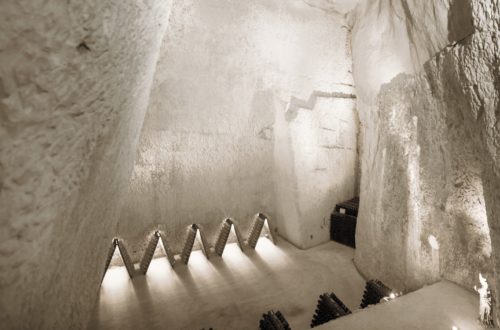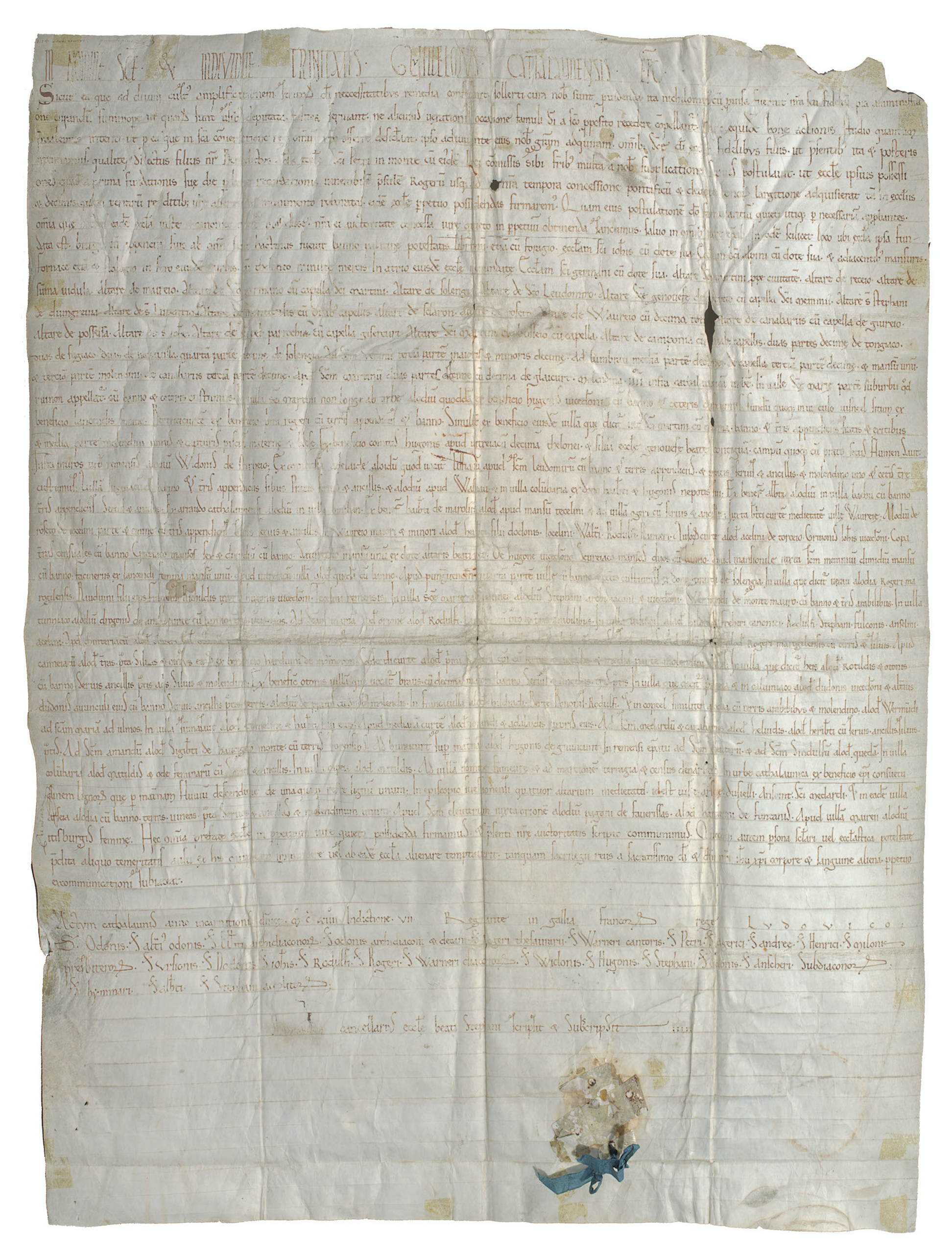
Which champagnes marked history?
Certainly, France is a country full of history, but champagne has marked history with a capital H.
From totalitarian regimes, including several centuries where the people were enslaved to the many kings, to the 5th republic, water has flowed under the bridge, but champagne remains a symbol of the sacred passages of the history of France, and elsewhere.
So, which champagnes marked history?
Indeed, all the labels of great champagne houses have their past, their history or their legend. Some have marked the history of a nation, here are the champagnes which marked history.
In England, Winston Churchill, British Prime Minister during the Second World War, fell in love with the champagne of Pol Roger, elected Mayor of Epernay in 1912. Indeed, “the old Lion” or “the bulldog”, nicknames given to Churchill, had a frank personality and did not hide from accommodating only the best. According to several sources, Churchill was known for his cigar and the glass of scotch, whiskey or champagne that he always had in his hand.
He used to say “I cannot live without champagne, if I win I deserve it, if I lose I need it”.
The British Prime Minister was particularly fond of rich vintages, such as 1928, 1934, or 1947. Churchill died in 1965 and it is with the announcement of his death that the Pol Roger decided to edit a vintage in the image of the Old Lion. The cuvée “Sir Winston Churchill” would have remained 10 years in the cellars of the house Pol Roger. You can find it between 245 and 295 euros depending on the distributor.
As for General Charles de Gaulle, he preferred the champagne of the house of Drappier for his private receptions in Colombey-les-Deux-Églises during which he liked to offer an aromatic and authentic champagne.

Apparently, the Drappier family has revived the cultivation of Pinot Noir in the area where it had disappeared. General de Gaulle decreed that Drappier champagne would be served at La Boisserie from now on.
André Drappier decided to create a “Charles de Gaulle” cuvée to celebrate the 50th anniversary of the famous appeal. The cuvée is composed of 80% pinot and 20% chardonnay. Made from the juice of the first press, fermented at low temperature and not filtered, the blend restores, by its elegance and vinosity, the unique and authentic character of the type of wine appreciated by the founder of the 5th republic.
We have already been to England and France, now let’s look at Russia.
It seems that after the fall of Napoleon in 1815, Reims was besieged by the Tsar‘s troops. At that time, Europe suffered the consequences of the blockade against England, which paralyzed international trade.
But Philippe Clicquot, who produced 100.000 bottles of champagne per year, father-in-law of Barbe-Nicole Ponsardin died and his son François inherited the production. The poor man died 16 years later and his wife inherited the production. In spite of what everyone says, François’ widow decides to run the company. She sent employees to conquer the European market and bingo.
In 1806, the Tsarina was pregnant and gave birth to Duchess Elisabeth Alexandrovna. The birth was celebrated with Clicquot champagne and the whole world wanted to buy it. This is how Veuve Clicquot champagne became famous.



